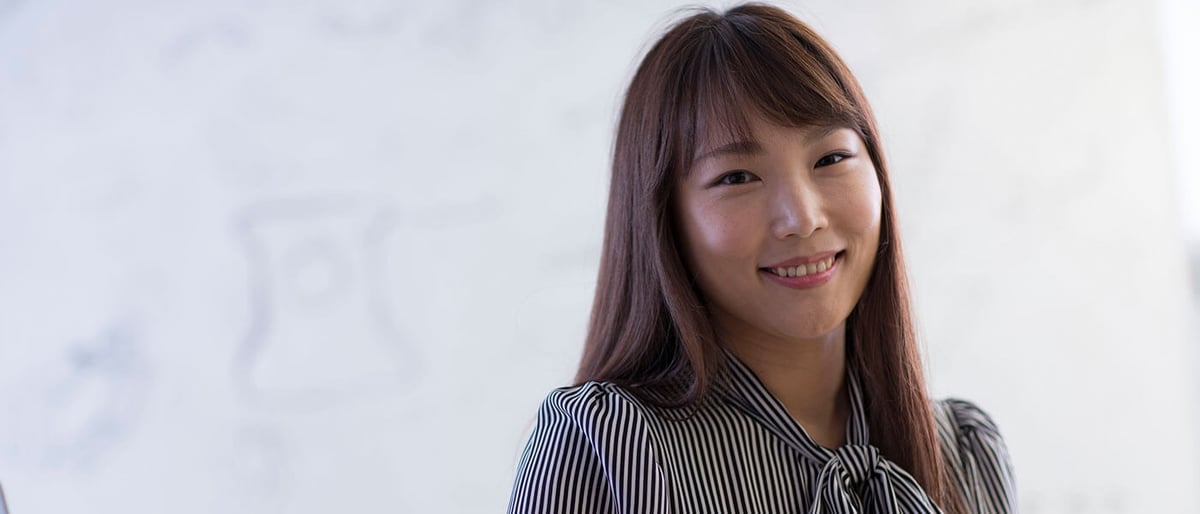Aerospace engineering researcher Kiju Lee develops Twister, a soft origami-inspired robot tower that could make assembly lines safer.
Although the art of “origami” first surfaced sometime around the 20th century, this unique paper folding technique continues to inspire technological innovation in the modern world. This is especially true when it comes to the field of 3D printing. We’ve seen 3D printed origami-styled surgical tools, even an Interactive Robogami system that offers an easy alternative to 3D printed robotics.
A researcher from Case Western Reserve University, named Kiju Lee, is currently developing a soft origami tower-shaped robotic device. The aerospace engineer’s robot, called Twister (aka TWISted TowEr Robot), is inspired by a twisted origami tower made famous by Japanese artist Mihoko Tachibana.
Lee’s soft-bodied robot is made from multiple layers of polygons, which together form a tube-like tower shape. The 3D printed device is capable of grasping objects and safely interacting with humans. Her project could help make the relationship between man and machine more delicate and less dangerous.

How Twister Could Make Assembly Lines and Surgery Safer for Humans
At the start of her development process, Lee used paper to create the Twister concept. Now, the soft robot is made with 3D printing, with actuators and a two-pronged grasper on the end. The tower-shaped device is able to bend, contract, extend, and twist. It can hold delicate objects without exerting excess force.
If used on an assembly line, for example, fragile items and components can be grasped without risking damage to the object. Additionally, the soft body of the device enhances the safety of employees on the production floor as well.
“Among the possibilities for this robot are fragile-object manipulation and direct human-robot interaction, because these robots are soft and safe. Twister is very different from rigid body robots,” says Lee.
The researcher has also held discussions with physicians about using a miniaturized version of the tower-shaped robot for minimally invasive surgeries. These types of procedures usually require rigid pieces, which sometimes cause stress on the tissues of patients. Lee is also exploring how Twister can be adapted for use in outer space.
Last week, Lee presented her study at the IEEE/RSJ International Conference on Intelligent Robots and Systems in Vancouver. She received contributions from current and past undergraduate researchers Yanzhou Wang and Evan Vander Hoff, as well as PhD students Donghwa Jeong and Tao Liu.

Source: Case Western Reserve University
License: The text of "Origami-Inspired 3D Printed Robot Offers Softer Side to Assembly Lines" by All3DP is licensed under a Creative Commons Attribution 4.0 International License.